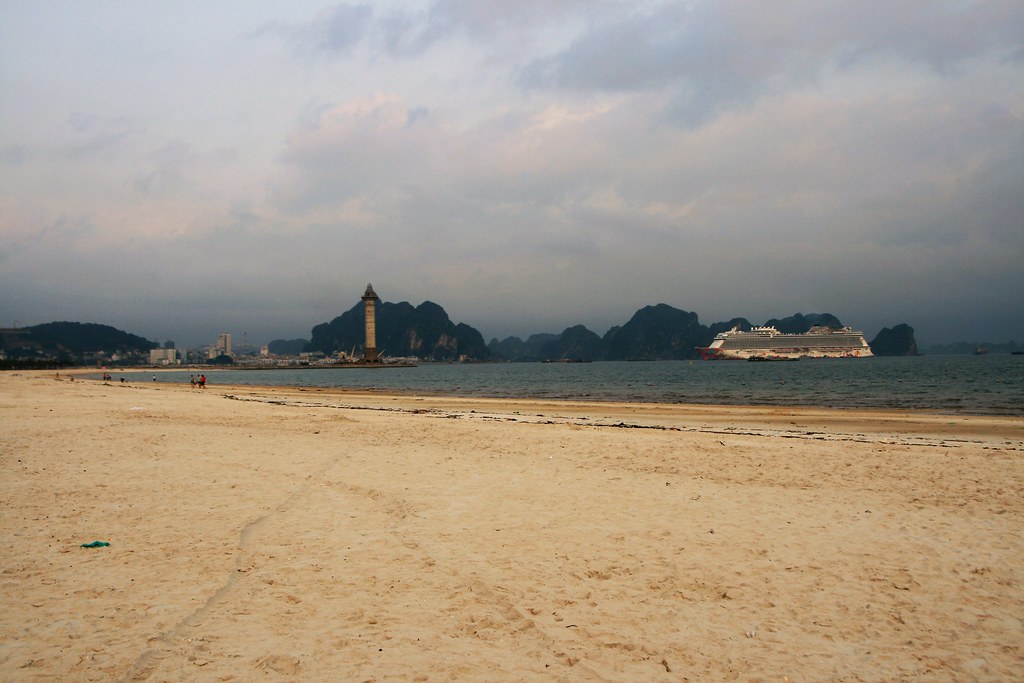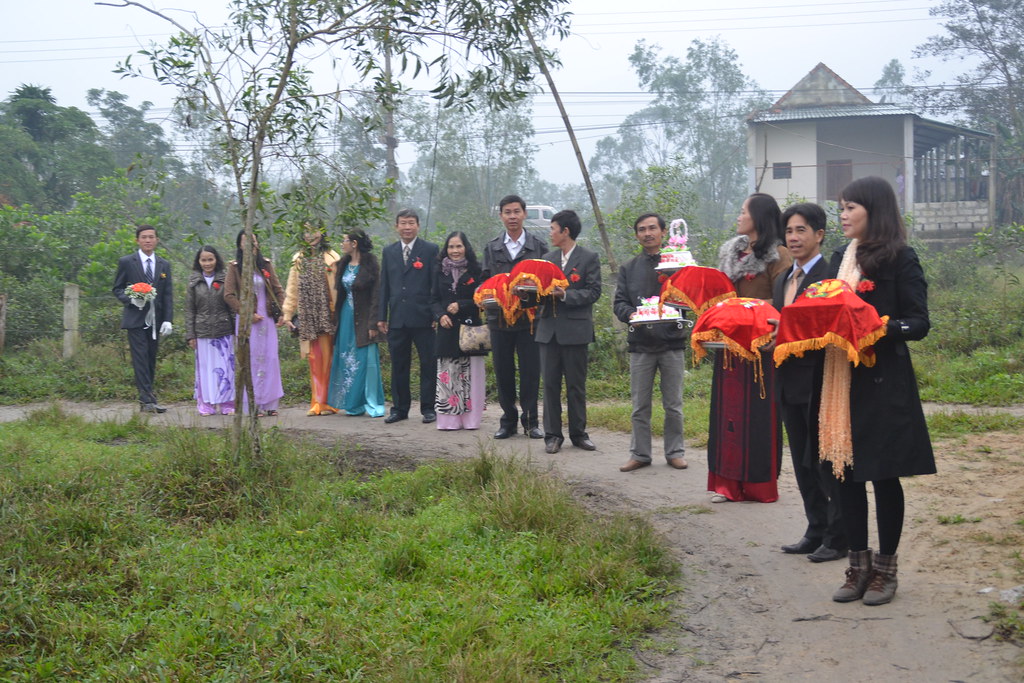Vietnamese Folk Painting: History of Development and Unique Artistic Styles

Vietnamese folk painting, also known as 'Tranh Dân Gian', has a long history dating back to ancient times. This traditional art form has been passed down through generations and continues to thrive in modern Vietnamese society.
The development of Vietnamese folk painting can be traced back to the Dong Ho village in Bac Ninh province, known for its unique style of woodcut paintings. These paintings often depict scenes from folklore, daily life, and rural landscapes, using vibrant colors and intricate patterns.
One of the most popular styles of Vietnamese folk painting is the Hang Trong paintings from Hanoi. These paintings are characterized by their delicate lines, subtle colors, and elegant motifs, often featuring themes of nature, mythology, and traditional festivals.
In addition to Dong Ho and Hang Trong, other famous styles of Vietnamese folk painting include Sinh village paintings, Kim Hoang paintings, and Haiduong paintings, each with its own unique characteristics and techniques.
Vietnamese folk painting plays a significant role in promoting tourism and preserving the cultural heritage of Vietnam. Visitors to the country have the opportunity to admire these beautiful artworks, learn about traditional painting techniques, and gain insights into Vietnamese history and mythology.
In conclusion, Vietnamese folk painting is a valuable part of the country's cultural heritage, showcasing the talent and creativity of Vietnamese artists. From its rich history to its diverse styles, this traditional art form continues to inspire and captivate audiences around the world.





